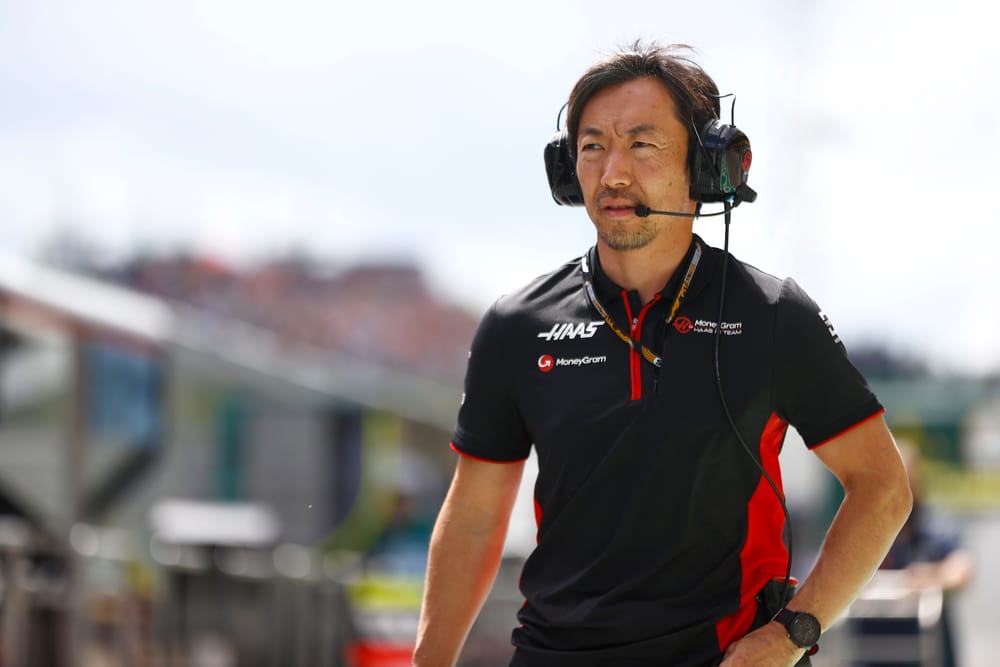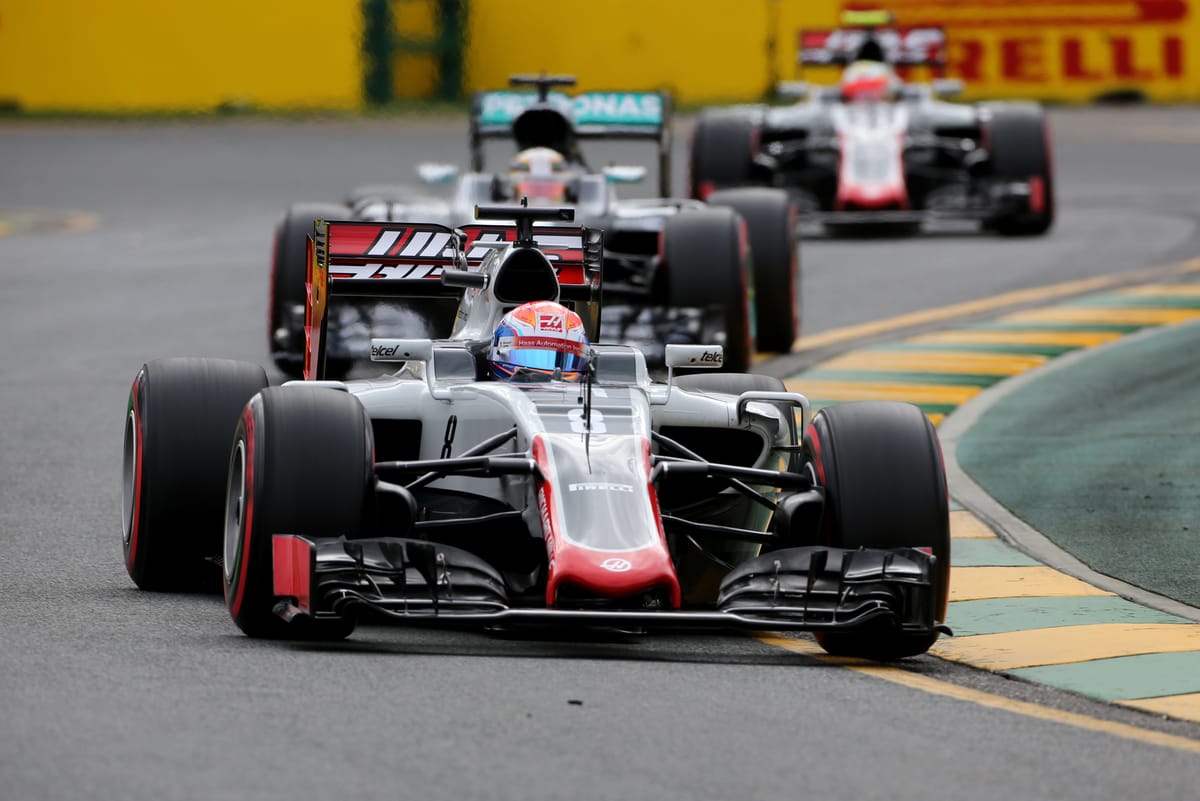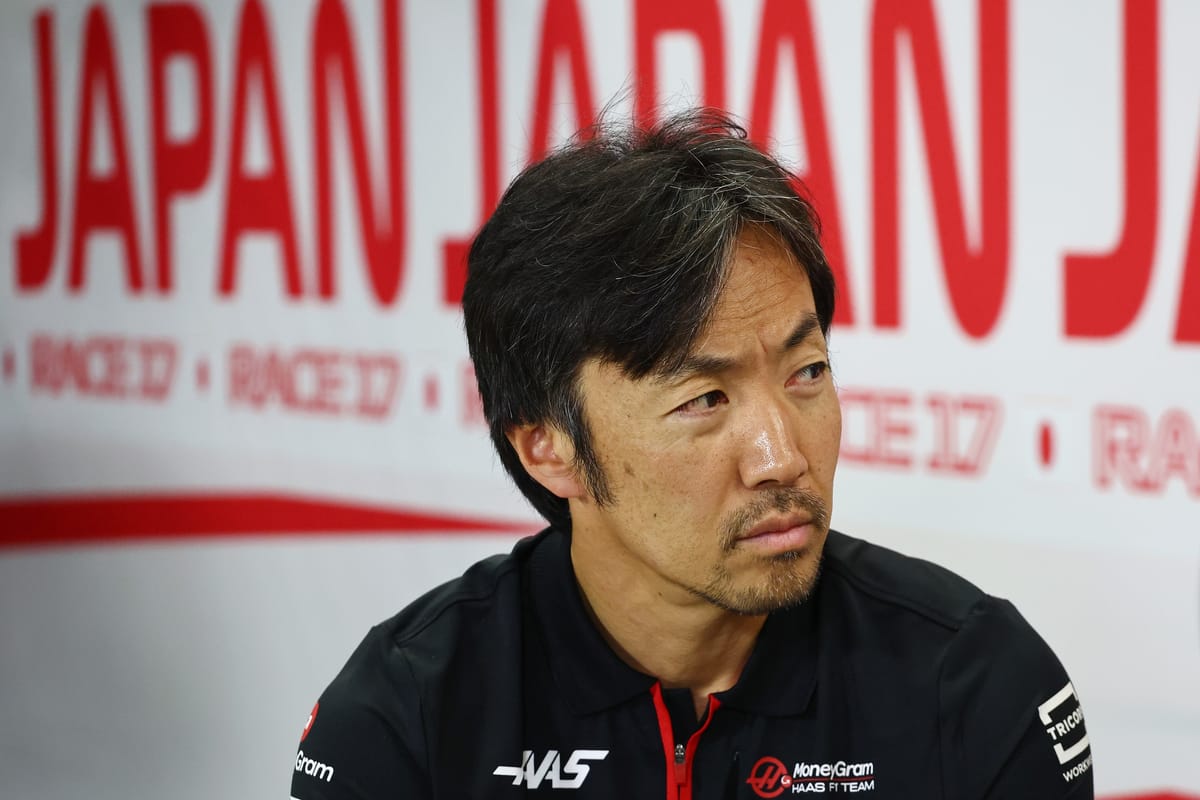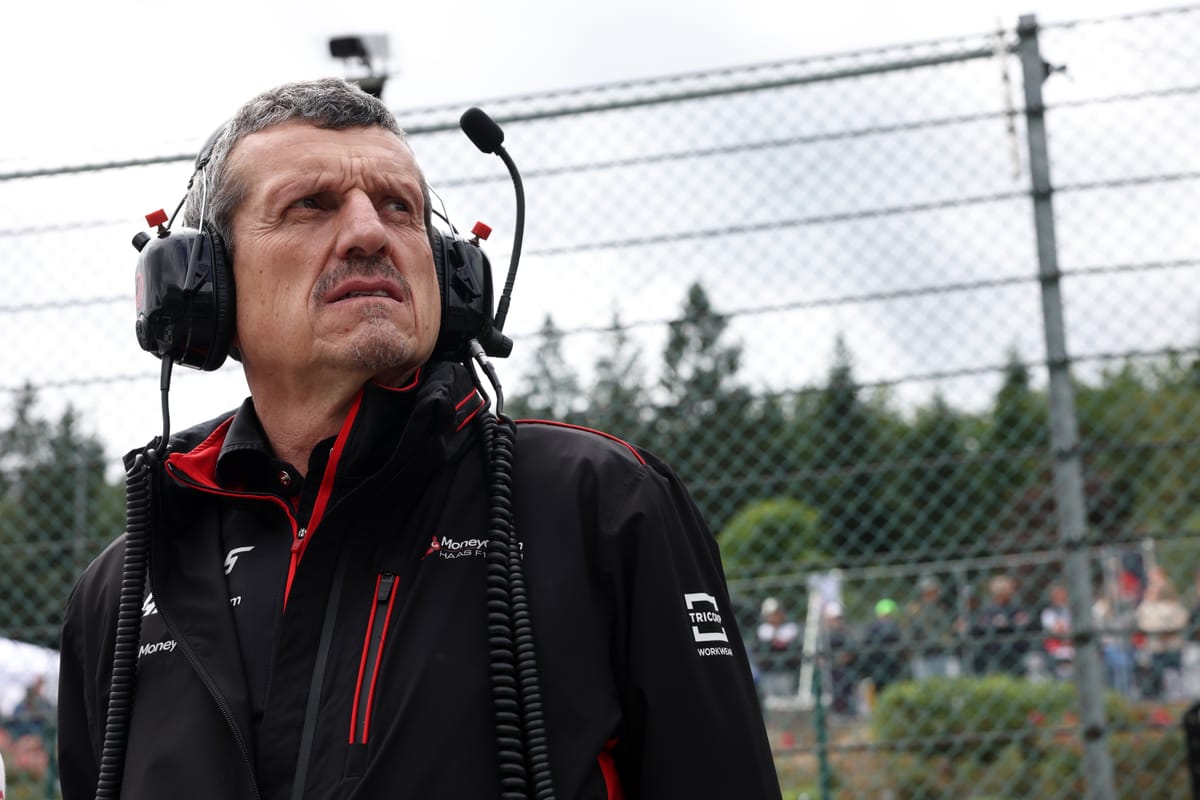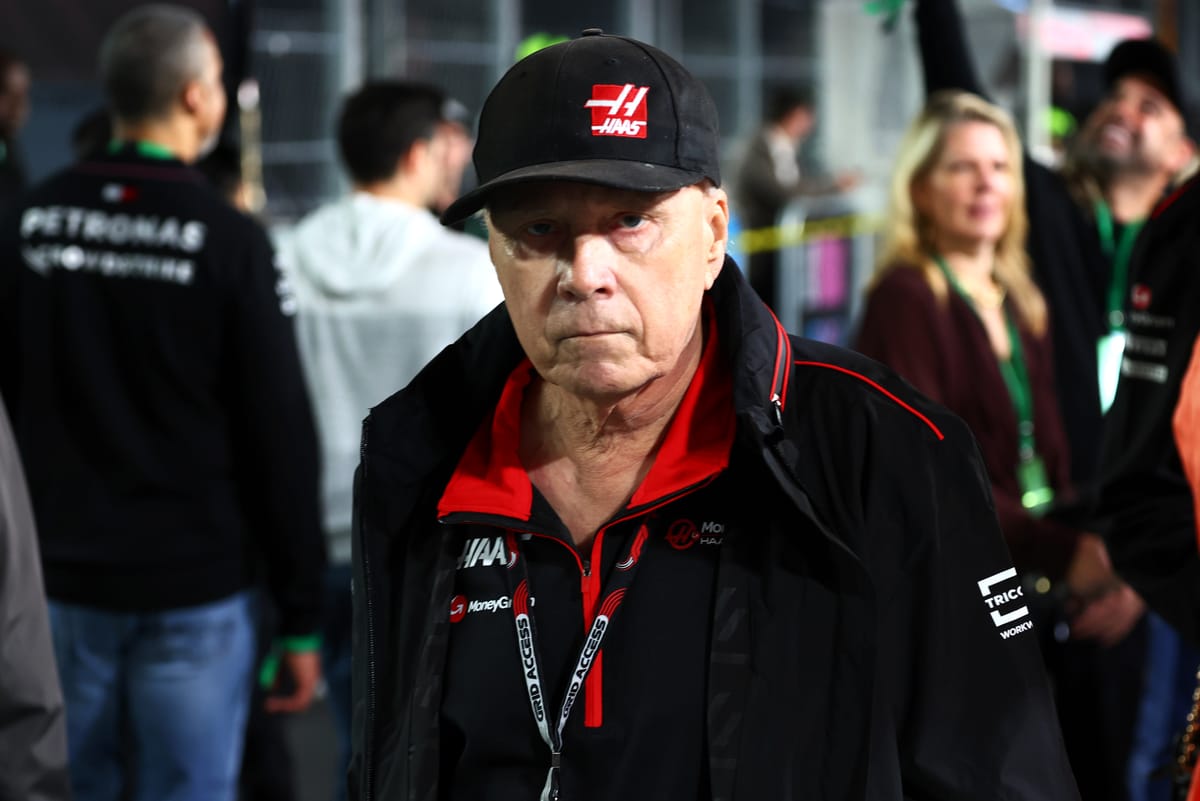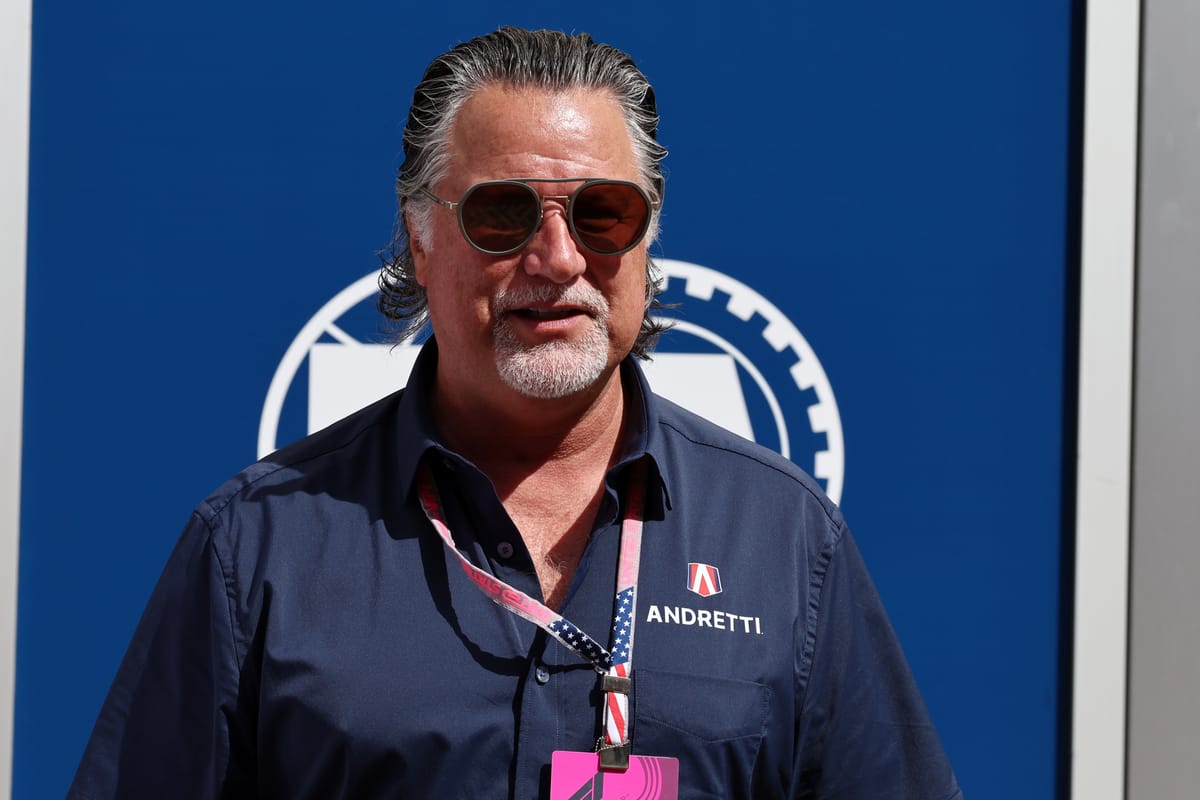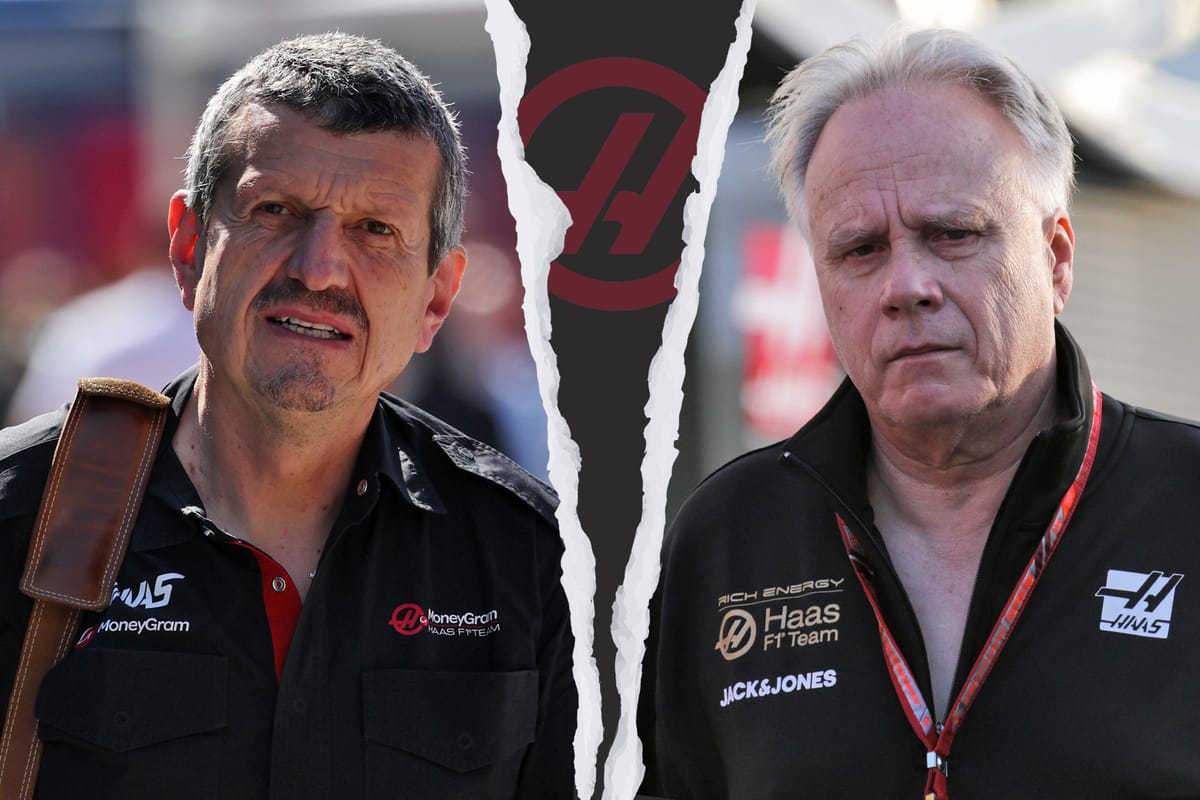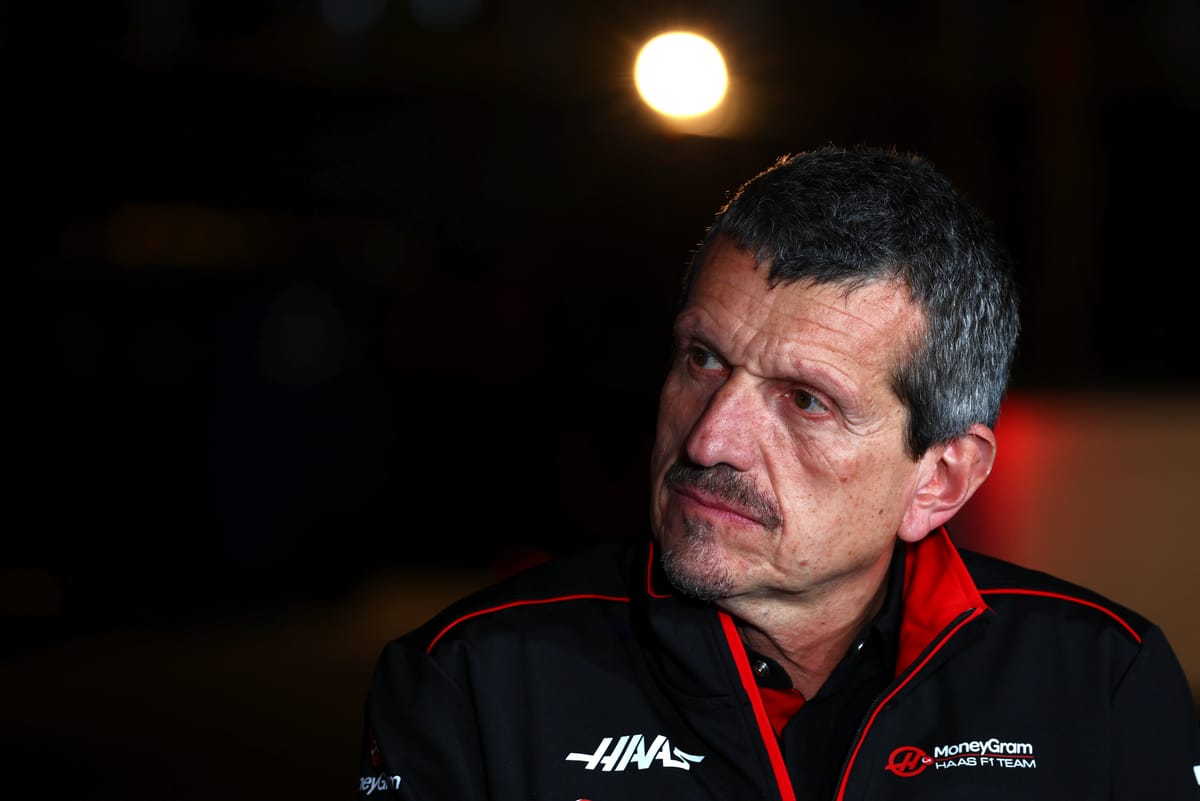Up Next

The contrast between new Haas Formula 1 team principal Ayao Komatsu and predecessor Guenther Steiner is stark.
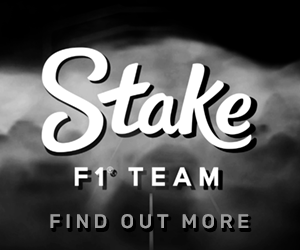
While Komatsu has a little profile in F1 thanks to a distinguished two decades in engineering roles with BAR/Honda, Renault/Lotus and Haas, he’s nothing like the larger-than-life Steiner and has set out his stall to bring a different kind of leadership to a team he’s been with since it started.
The Race joins a select group of media at Haas’s modest Banbury facility to hear Komatsu lay out his masterplan for delivering on owner Gene Haas’s objective to lift the team off the bottom of the F1 pile.
The softly-spoken Komatsu, who is always an illuminating interview when it comes to discussing engineering matters and his work alongside drivers, is determined to do things his own way.
He knows exactly where to draw the line in terms of what questions he is and isn’t willing to answer, not through any lack of co-operation - and indeed he is apologetic for his reticence - but because he regards it as essential that he doesn’t share too many details of his vision for the team before doing so with his colleagues.
That’s not to say that he doesn’t reveal how he is approaching the challenge and what he regards as the priorities for the team now the dust has settled around the sudden change in leadership. Komatsu presents himself almost as an accidental team principal to whom the offer of the job came as a surprise, but he also has the air of someone who believes he is ready for the role - and maybe even aspired to it more than he lets on.
“End of last year,” says Komatsu when asked when he was told he was becoming team principal. “Of course, I was surprised, but at the same time I was really grateful. I’ve been here from day one and know most of the guys. I know that there are so many talented, high-quality guys here I really want to provide them with the environment and framework so that they can show their best. So really excited.”
Here’s what we can expect from F1’s newest team boss.
NOT ANOTHER STEINER
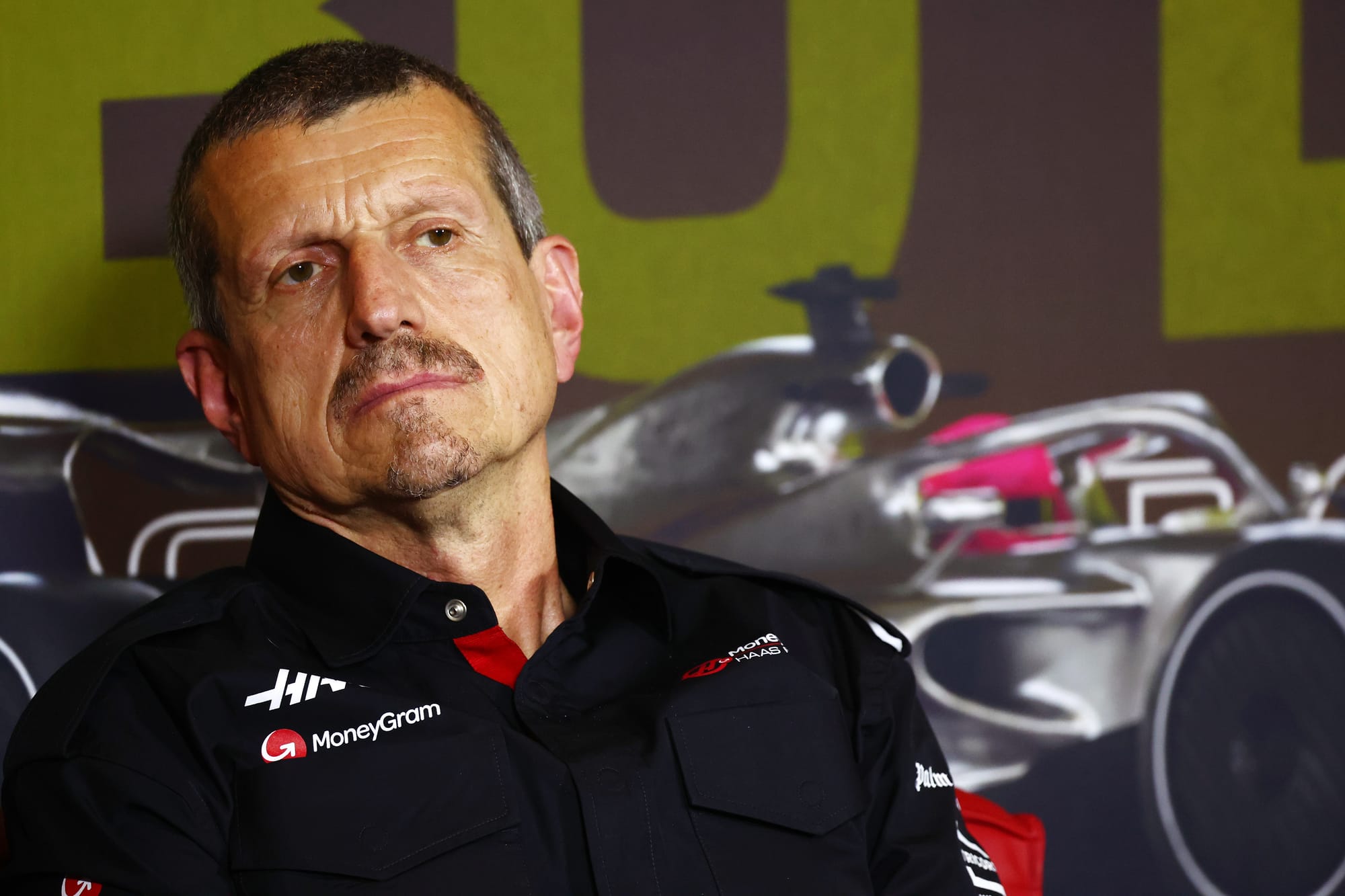
“I’m not trying to be Guenther Steiner,” is Komatsu’s response when asked about replacing the personality and fan appeal of his predecessor.
“We get on, honestly, and we respect each other, during work and off work as well. We used to go to dinner quite a lot at race events, not to talk about work, just because we got on pretty well.
"But I’m not here to replace Guenther Steiner’s character, he’s a very different character and he’s got very different strengths and weaknesses to me.
“I’m not trying to be somebody else. Gene knows that and if he wanted a Guenther Steiner replacement in that way, he would have appointed somebody else. Gene wanted something different, so I will try to be the best version of myself.”
Other than admitting that he, too, has been known to “swear way too much” - an allusion to the caricature of Steiner - there are hints of there being a schism between how Komatsu wants to do things and how Steiner did them.
While he stresses their friendship, Komatsu also admits that he hasn’t spoken to Steiner since the decision and that there’s no formal transition period or handover.
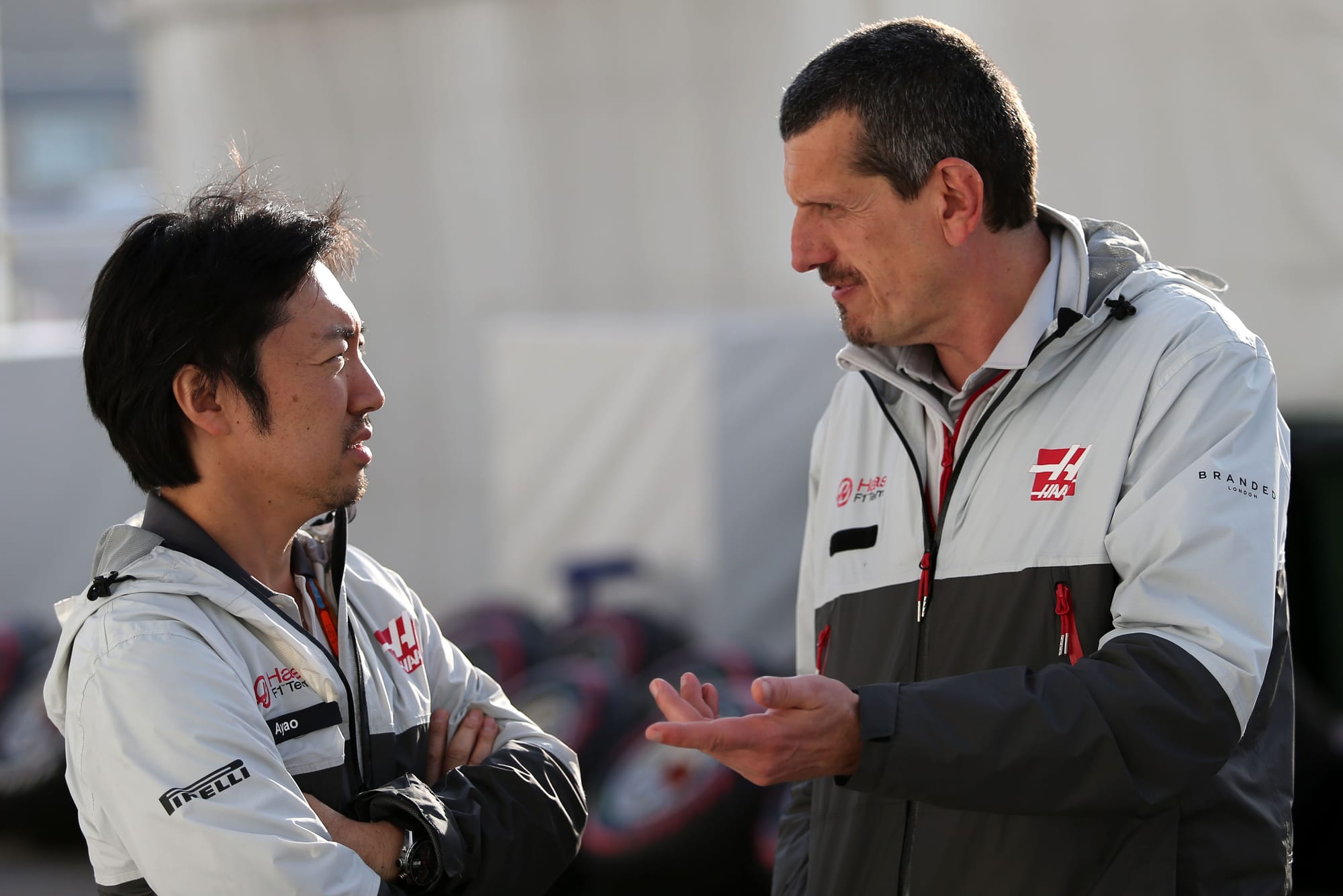
“I worked really closely with Guenther and he was a good person,” says Komatsu. “Away from my professional relationship, we got on very well so I’m a bit sad how it ended. But no, I haven’t spoken to him yet.”
Komatsu stresses that he shares Steiner’s directness, albeit perhaps delivered in a different way, and that his desire is to pull the team together.
That’s particularly important for a team that is spread across three bases - Banbury, its Maranello design hub, and the Kannapolis headquarters in North Carolina. The inference we can perhaps draw from this is a feeling that Steiner, who is US-based despite also keeping a home in Europe, perhaps didn’t spend as much time in the European bases where the vast majority of the design, engineering and operationally heavy lifting is done as some would have liked.
“I'm focused on improvements, obviously,” says Komatsu.
“I'd like to think I'm correct enough, and I'd like to say I'm polite enough. I'm reasonably direct and then [it’s about] transparency, honesty.
"I don't do politics, so that's not something I'm focused on. I believe that if we have got the right intention, if your motivation is clear to get the best out of the team, it will get through to people. And then it’s really trying to empower people and bring everyone together.”
Komatsu also has no desire to emulate Steiner and become a Netflix Drive to Survive sensation. Steiner saw the value in that because it gave the team an identity and greater sponsor appeal, but he also had the kind of character that lends itself to the more pantomime elements of F1 - doing so out of a sense of necessity.
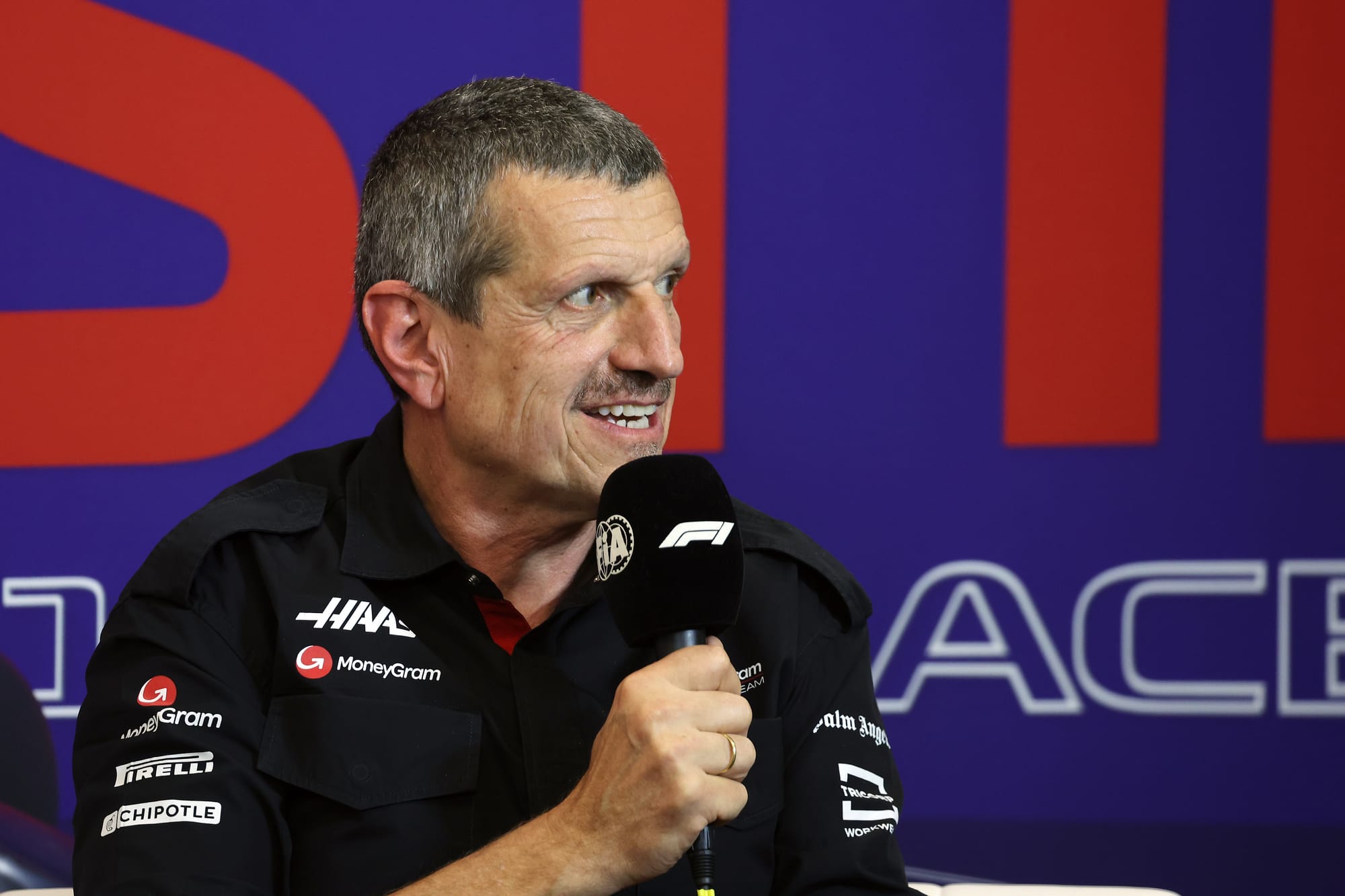
While Komatsu will co-operate with Netflix, as all teams are contractually bound to do, it’s unlikely he’ll be visiting ex-Ferrari team principal Mattia Binotto’s vineyard with cameras in tow anytime soon.
“My job, fundamentally, is to improve the team’s competitiveness,” says Komatsu. "That’s my focus, full stop. It’s not like I’m going to be consciously looking for exposure to promote the team’s popularity, that’s somebody else’s job as far as I’m concerned. I made that clear to Gene as well.”
SPLITTING THE OLD STEINER ROLE
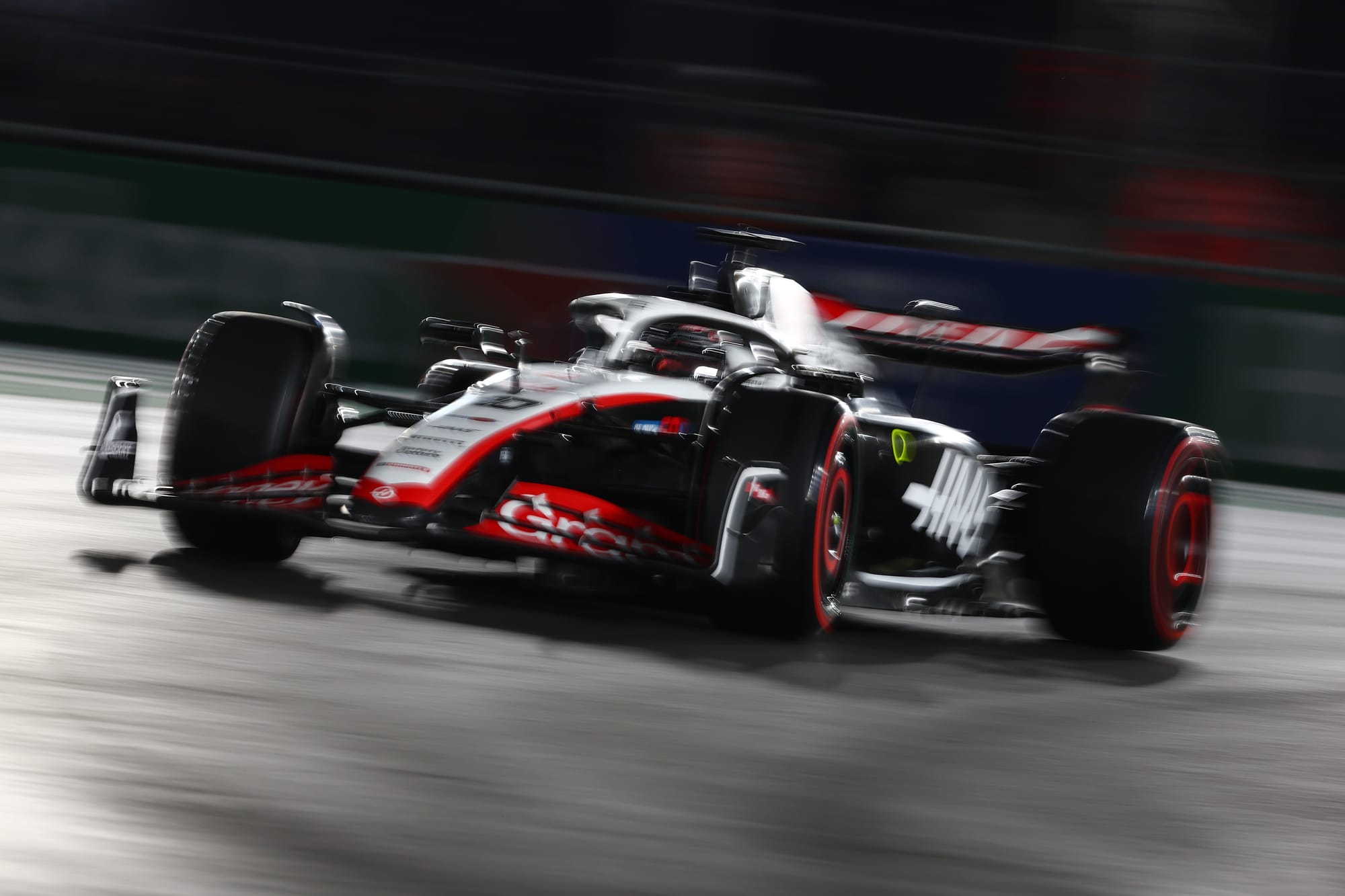
Underlining the fact it’s not a case of ‘meet the new boss, same as the old boss’ for Haas is the fact that Steiner’s old role has effectively been split in two. While Komatsu is team principal, Haas has undertaken to appoint a UK-based chief operating officer (COO) who will handle certain aspects of the team leadership.
Gene Haas talks of Komatsu’s appointment meaning that “we fundamentally have engineering at the heart of our management”. Komatsu is determined to play to his strengths and focus on maximising the technical side of the team rather than getting bogged down in other aspects of the job.
“It’s very different,” says Komatsu of the difference between his old role as director of engineering and the new one.
“There’s certain areas I'm more familiar with, which is the technical side, there’s certain areas I'm less familiar with, which is the commercial and marketing side.
"But when I was given this opportunity, I just made it clear to Gene that you know my expertise, there's no point for me trying to get focused on the marketing side, trying to get sponsorship because that's not where my skillset is.
"In that field, I need somebody else who is expert in that area to run it, and then I can focus on trying to improve the technical side of the team.”
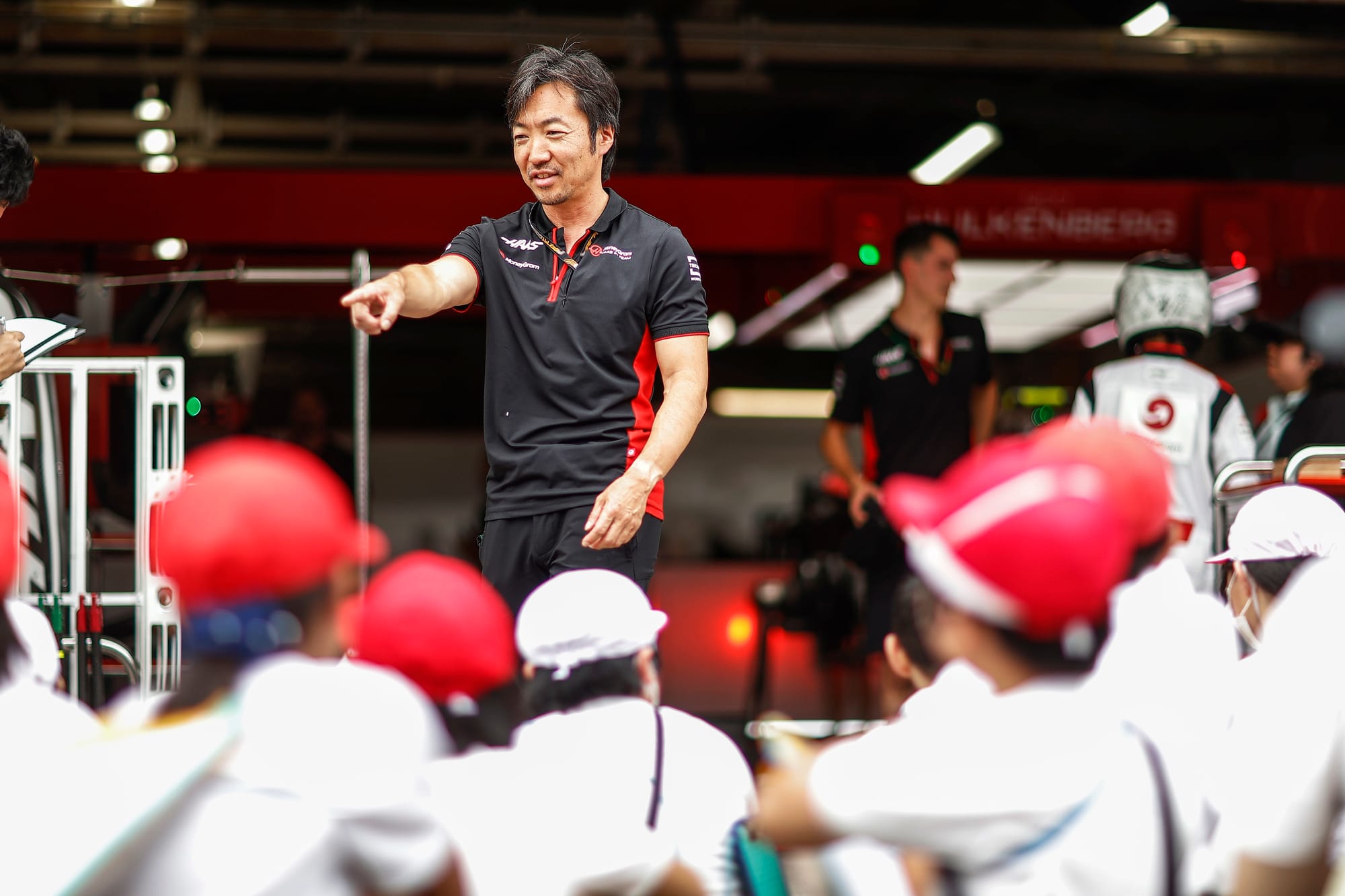
There’s no indication that the appointment of a COO is imminent, but potentially the decision to appoint Komatsu could stand or fall on the right recruit. While Komatsu won’t be able to avoid getting drawn into commercial, marketing and, in particular, PR concerns it would be counter-productive for Haas were that to take up too much of his time.
“It’s extremely important, so we are keen to get the right person in that job,” says Komatsu when asked by The Race about how vital the COO role is. “And on the timeline [for appointment], the earlier the better.
“We are not just looking internally, we are looking externally. The requirements are pretty clear, but the good thing is on that side of things, in terms of day-to-day operation, not having a COO right at this minute, is not slowing us down. But looking at going forward, we clearly need one and then this person needs to be running that area coherently.
"It’s better to get the correct person and wait a little bit longer than trying to rush it and then settle for something you're not too sure about.”
An internal appointment seems unlikely and, with Komatsu suggesting that playing F1 politics on Haas’s behalf will be split between him and the new COO, the key question is whether or not it will be someone who knows the landscape of the paddock or someone brought in from another sphere.
COMMUNICATION IS KEY
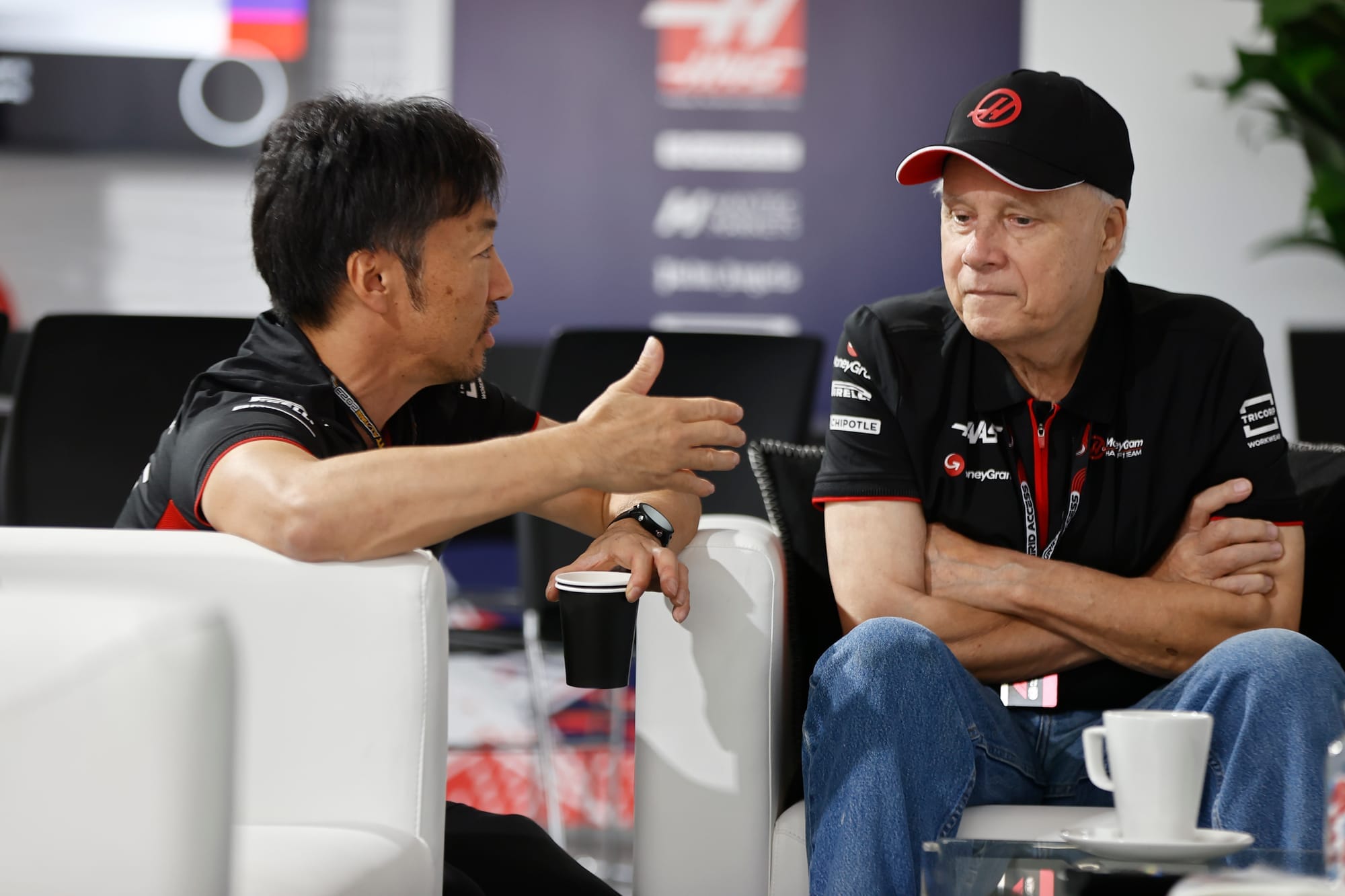
Repeatedly, Komatsu stresses that communication is the key to Haas making improvements. This is to the point where it’s difficult to escape the inference that he sees this as a weakness under Steiner’s influence even though Komatsu is careful not to say that directly.
F1 teams today are mini-industrial complexes made up of hundreds of people and dozens of departments. This is a common challenge but it’s heightened for Haas given its geographical set-up. Komatsu is firmly embedded in the UK side of the operation having worked as the senior trackside engineer since joining the team ahead of its 2016 debut.
“I’d rather focus on what I’m trying to do rather than what was missing before,” says Komatsu, when asked what’s been preventing the team maximising its potential. “But I’d like to set clear objectives and directions, provide a clear strategy and then communicate that to everyone in the team.
“No matter who you are in the team, everybody should know how they are contributing to the performance, because we are a race team so at the end of day the race result is all that matters.
“The key word is communication, really to understand what we are trying to achieve, how we are trying to achieve that and get everybody aligned and onboard and move as one. That’s what I’m trying to achieve.”
The fulcrum of this is the way the operational base in Banbury/at the circuit communicates with the Maranello design office.
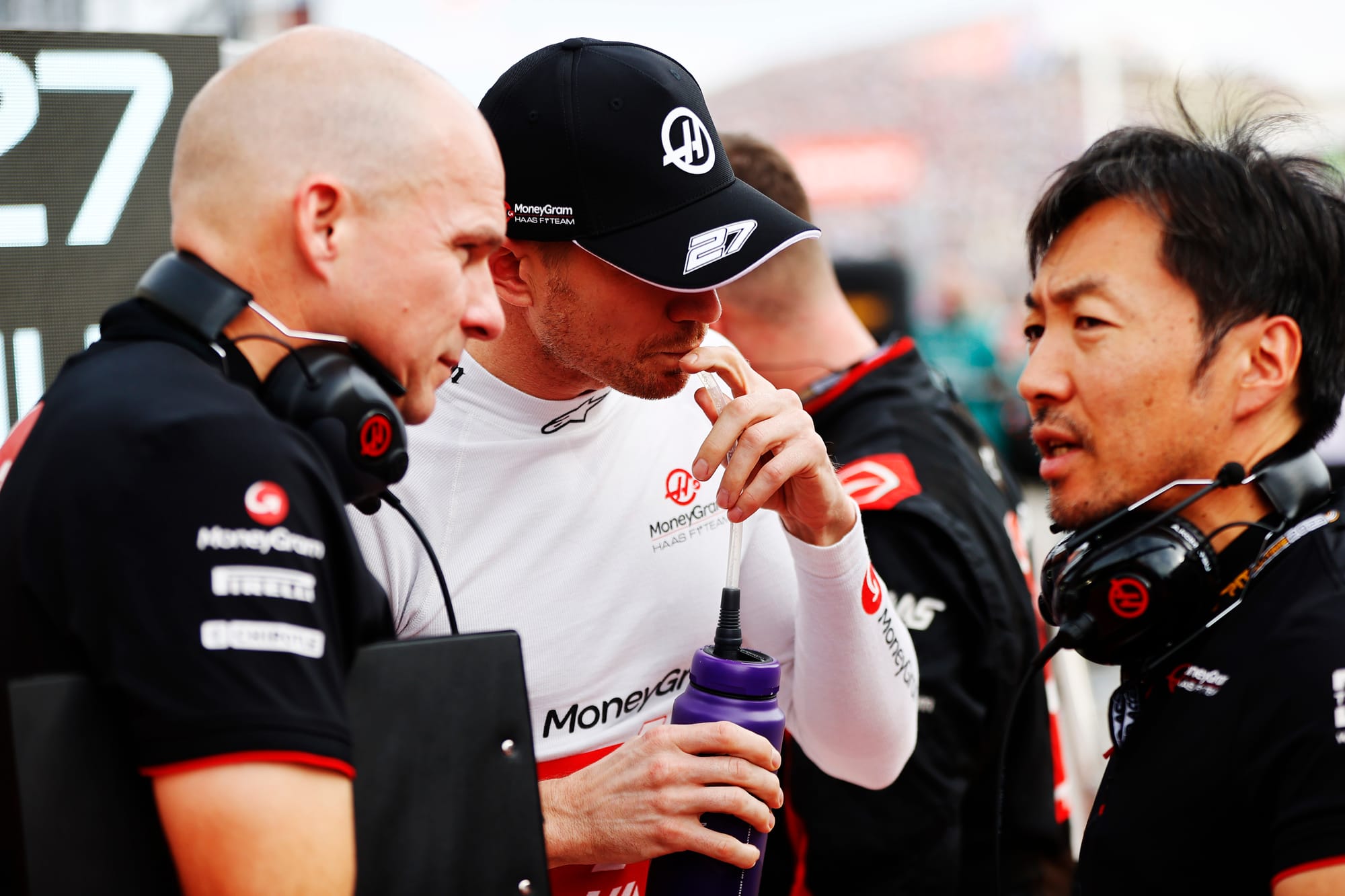
On Wednesday, Komatsu is in Maranello for discussions with senior personnel there. Ensuring he is seen as the boss across both facilities, rather than someone politically aligned with the UK side, could make or break his leadership.
For any team, the way the trackside team and the design side at the factory work is crucial and can so easily become wracked with politics, which is a particular risk for Haas.
“Absolutely, yeah,” says Komatsu when asked by The Race if this is one of the big areas to make gains given the challenge of gelling the trackside and design sides of an F1 team.
“For instance, for me the reason we couldn't develop last year's car was partly due to that. So we are reviewing the internal structure of the team. I'm in the process of talking to all the key managers, then we'll put that in place as soon as possible.
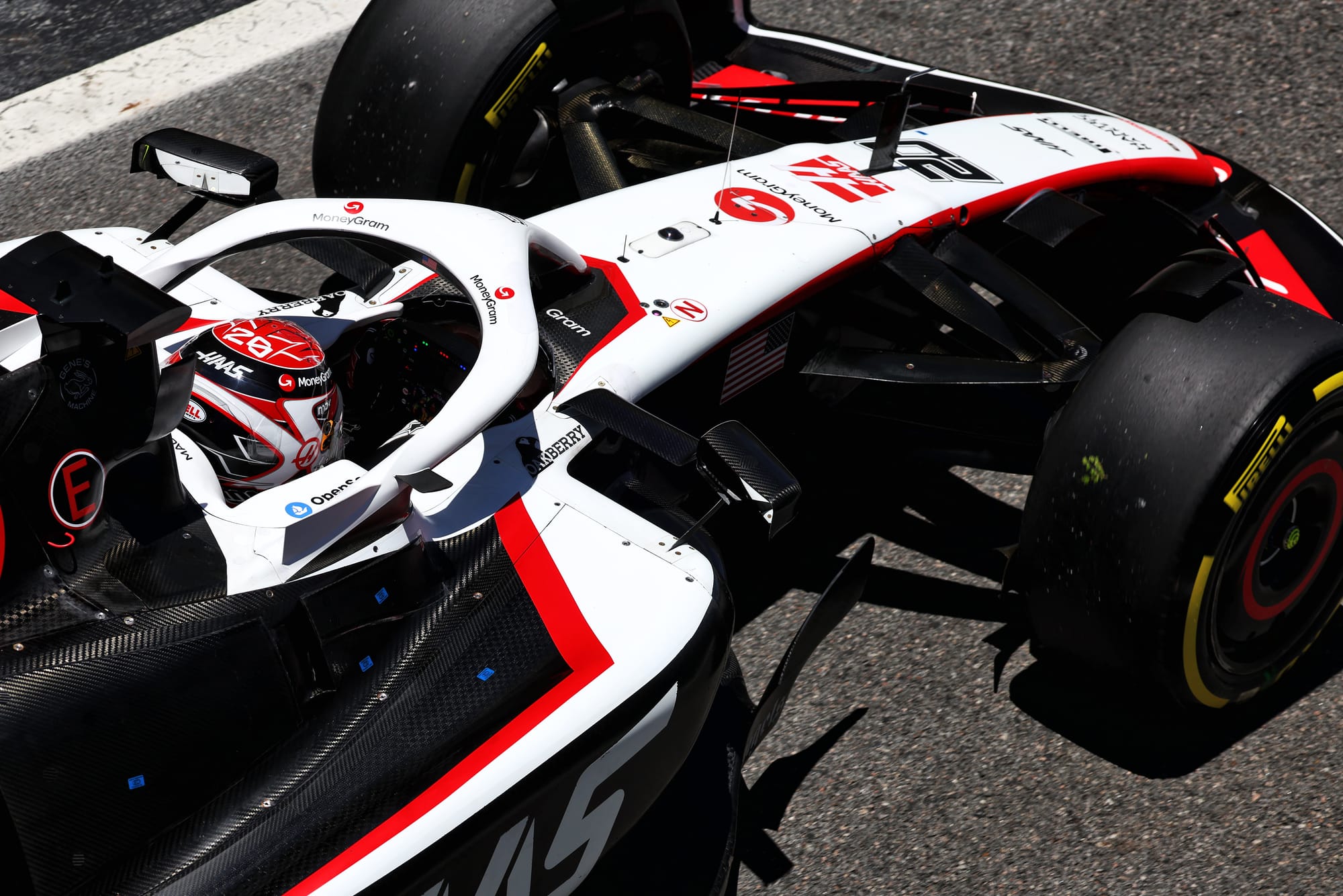
“It's just the communication. Of course, disagreement happens everywhere, that's healthy, that's not a problem. But then to move forward, everybody needs to know: ‘OK, they said this, I disagree but then with all this disagreement we decide to move in this direction’. That’s important rather than [the risk] people don’t know why we’re going in that direction - ‘this doesn’t seem to work but we keep going on, why?’.
“That’s not healthy, so that comes from communication.”
TECHNICAL STRUCTURE
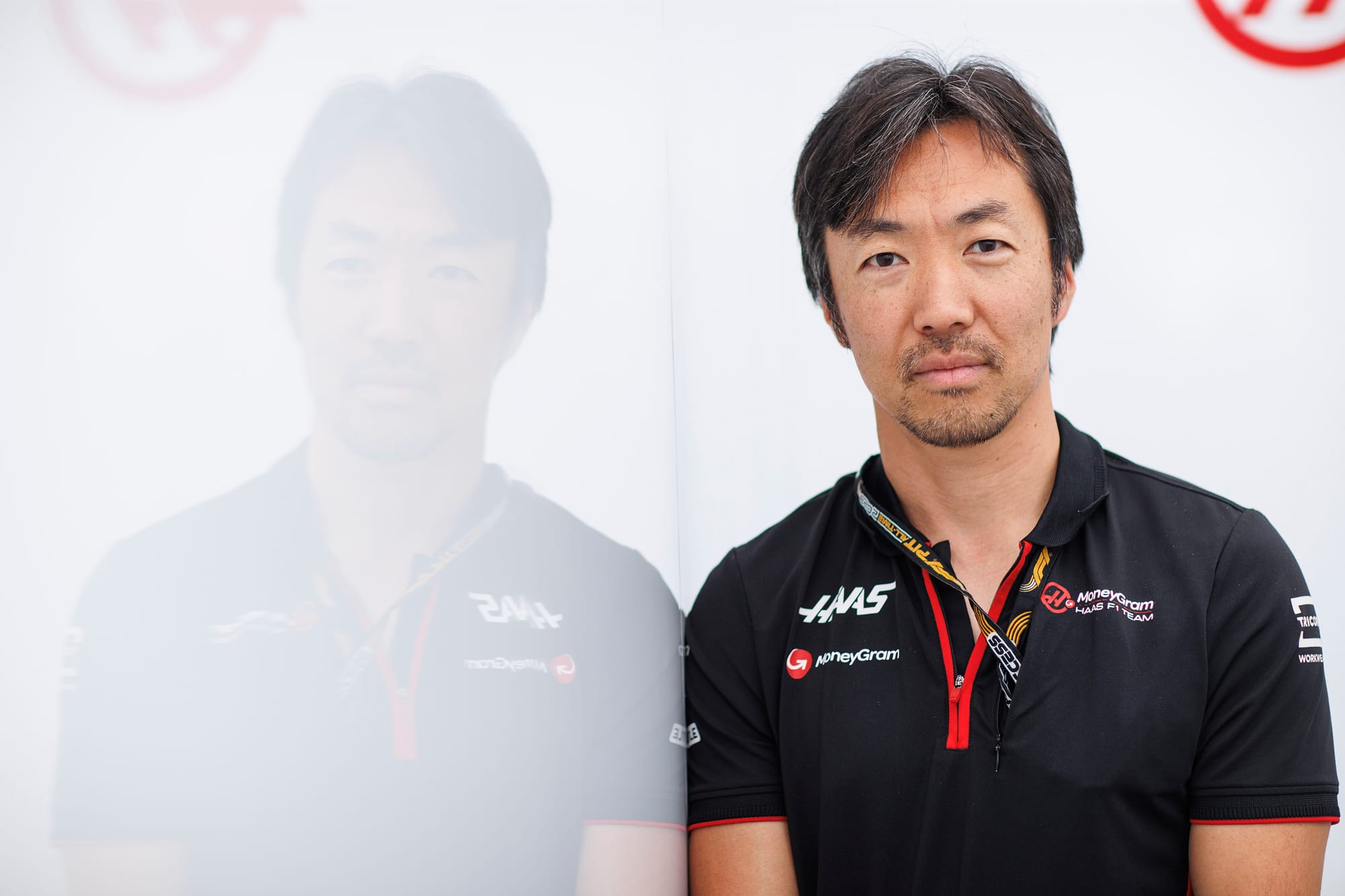
The technical leadership both at Banbury and Maranello will change, although Komatsu understandably refuses to offer details of exactly how until he has completed his discussions with team personnel.
A reshuffle in trackside operations is likely necessary with a senior trackside engineer needed to take his place. This seems particularly important as while Komatsu will be focused on the technical side of the operation he cannot continue to do his old job. It’s likely this will be facilitated with a reshuffle of existing personnel.
What happens at Maranello is a bigger question. The departure of technical director Simone Resta means a replacement must be appointed with chief designer Andrea de Zordo understood to be the leading contender. This is Komatsu’s biggest and most immediate challenge and he’s conscious of the risk of coming at it with a perspective too closely aligned with the UK side.
“In my previous role, I was only exposed to certain areas,” says Komatsu. “So what I perceive to be why certain things are happening may not be true, there might be a reason. I've already spoken to guys based in Italy but I'm going to sit down with them face to face, really try to understand how they are feeling about certain things, the direction we are going in, the way we do things and then build that proper relationship and move on from there.
“So I don't particularly want to tell you my view from my previous job, because I'm conscious that I wasn’t exposed to certain areas and it might not be fair to other people.”
What’s clear is that he sees the relationship with Ferrari as a strength of the team and not something he needs to devote much attention to in the short-term.
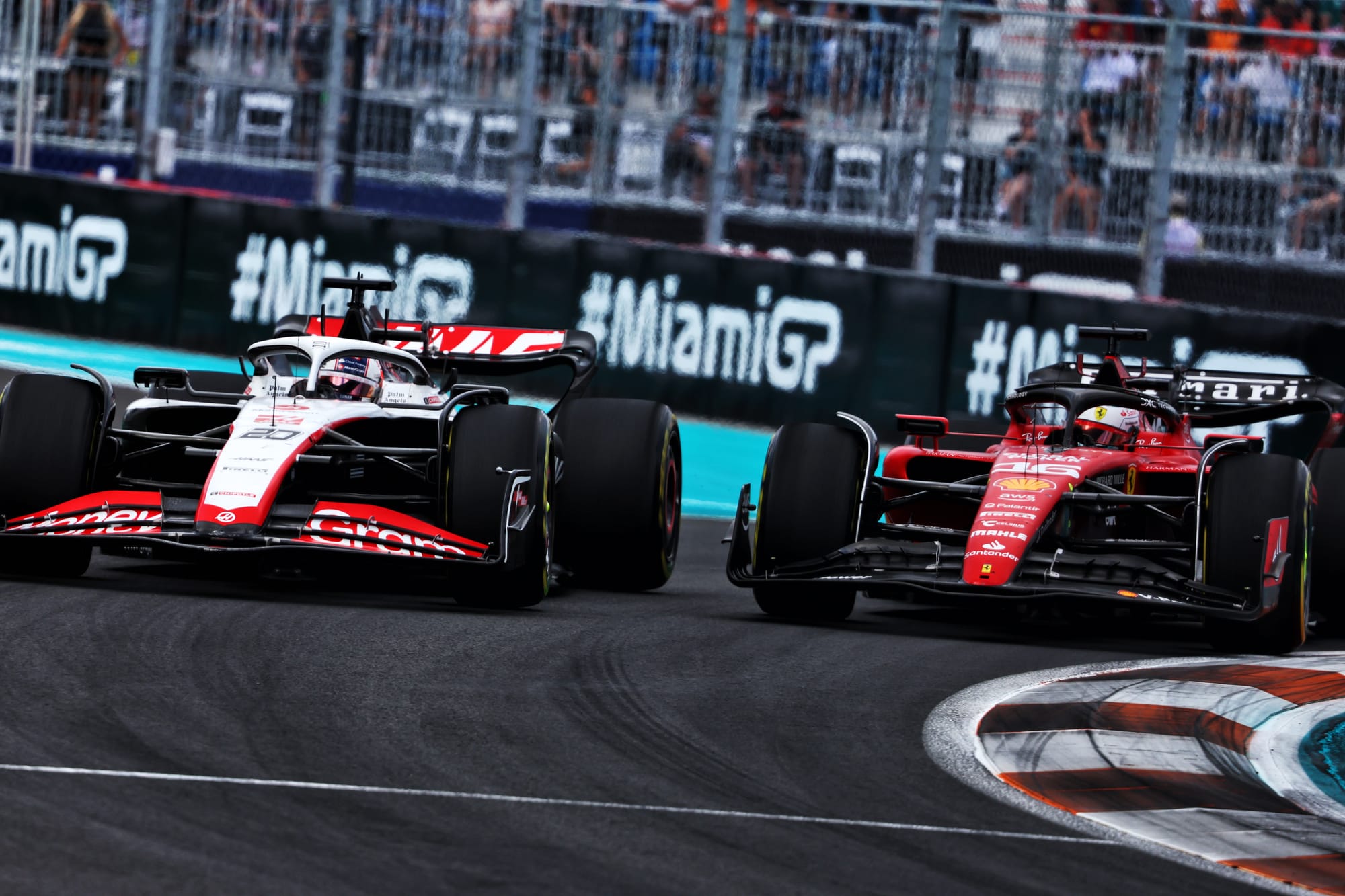
“It's not to do with working with Ferrari, it’s more internally we need to look at first - how effectively we do certain operations,” says Komatsu.
“I don't see the relationship with Ferrari as being the main constraint at this minute. OK, once we get to a certain stage, then of course we look at what's holding us up next and then maybe that relationship comes to it. But currently, for me, that's not a main focus. The relationship with Ferrari is very good and the PU [power unit] they supply to us is very competitive.”
YET TO SEE HAAS'S CEILING
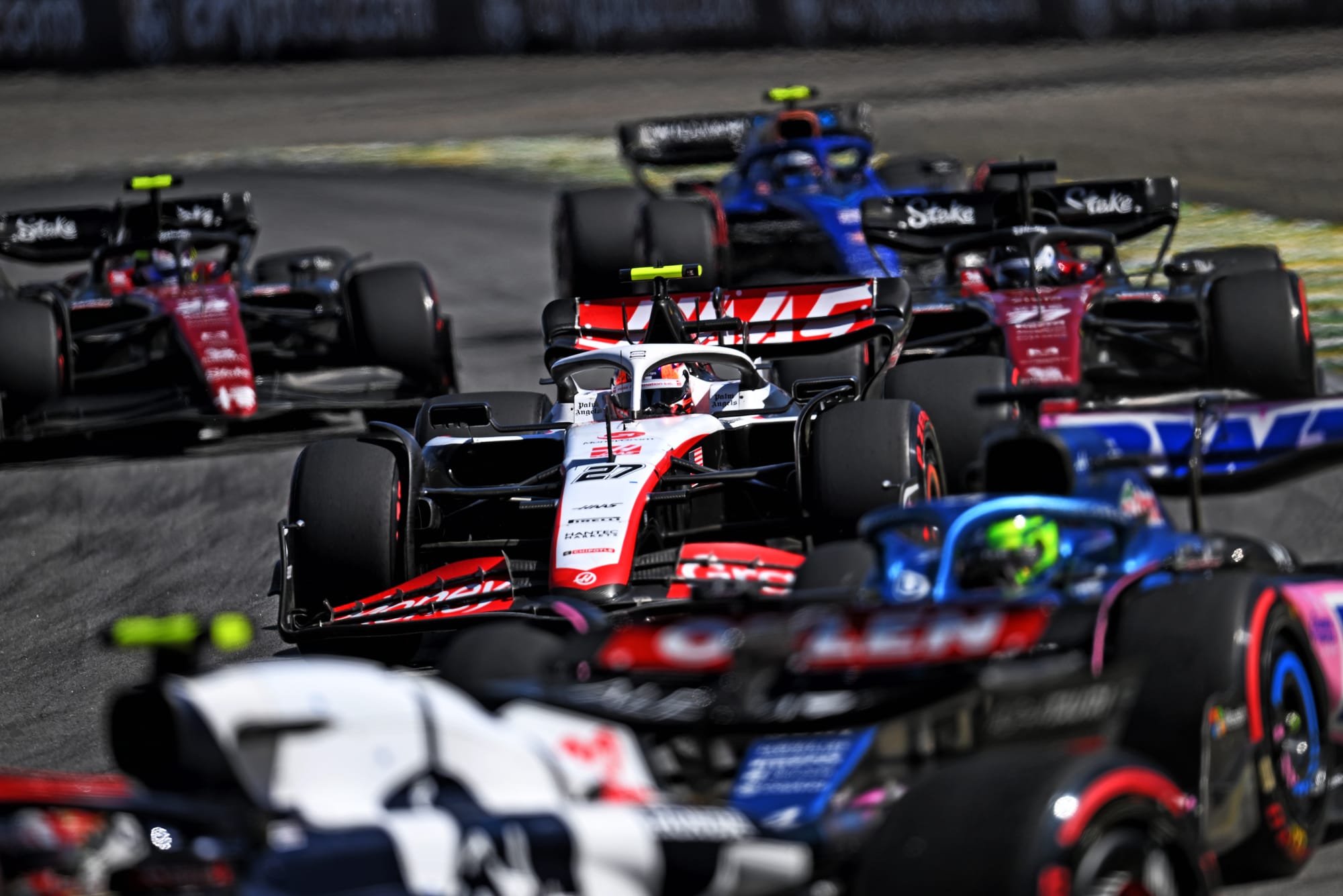
While there are clearly limitations to Haas and legitimate concerns that the lack of investment compared to its nearest rivals means its potential is limited, Komatsu does not believe Haas has ever maximised what it has got.
Haas peaked in 2018, when it finished fifth in the championship with what was, on average, the fourth-fastest car but other than that has always finished from eighth-to-10th in the championship.
“You have got the short-term vision, medium-term vision, long-term vision,” says Komatsu. “In short-term, there are plenty of things we can do better. Then, I'd like to see, once we do that, how far we can get. Then there will be a parallel discussion going on what area needs to improve investment, but before we get to that stage there are plenty of things to do.
“I haven't seen the ceiling yet with what we have currently got. So yes, at some stage that will become a concern, but not right at this minute.”
FUTURE INVESTMENT POTENTIAL
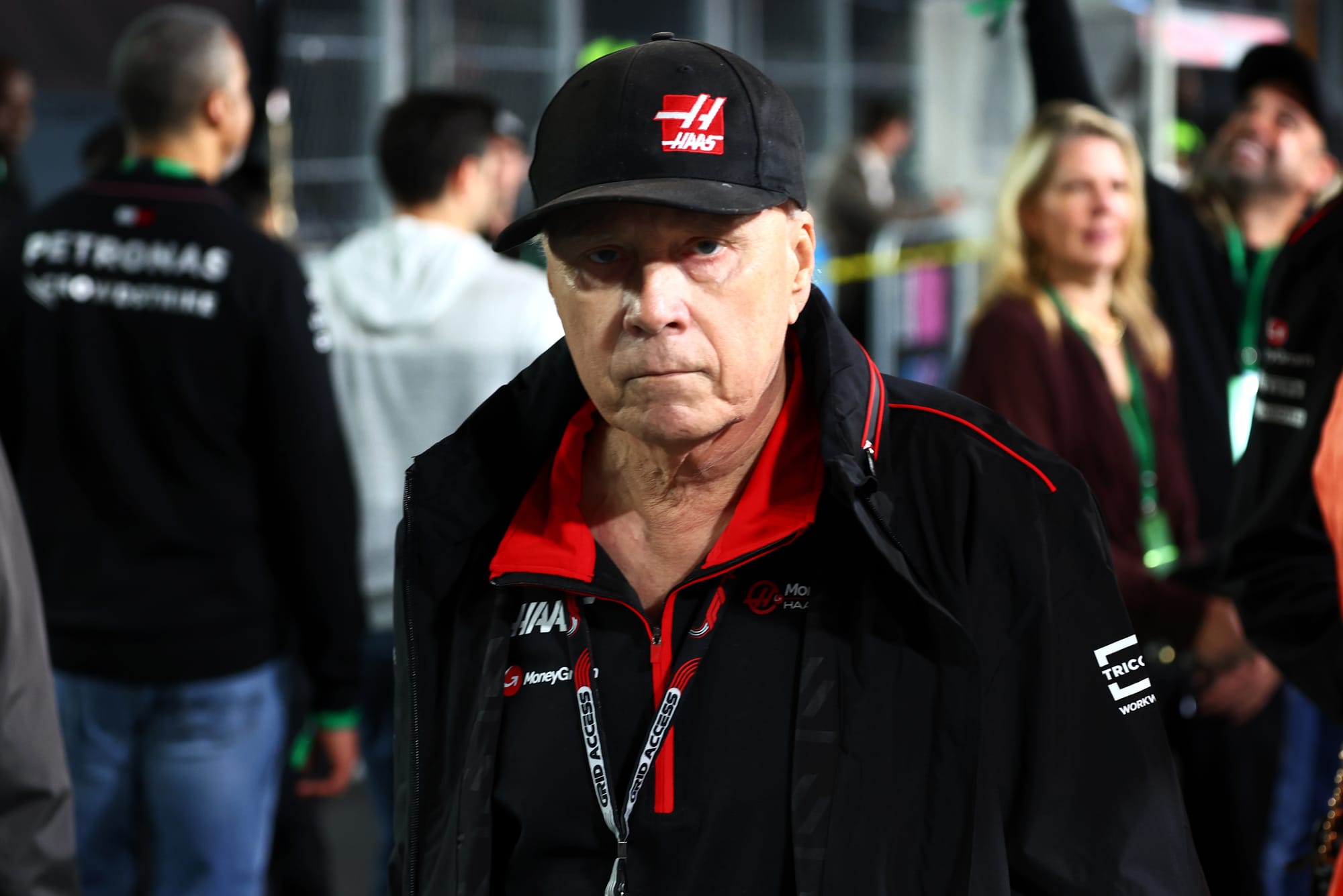
While Gene Haas doesn’t give the impression of being interested in pouring extra resources in the team, he has suggested that should his team maximise what he sees as its potential in terms of results that this could then lead to him doing so. But whether that could ever lead to an overhaul of the current model with its Ferrari technical partnership, trio of bases and the ongoing use of Dallara is another question.
“Of course, if you are setting up on a blank sheet of paper, you're not going to set up an F1 team with two separate factories, in the UK, and Italy,” says Komatsu. “But that's how we started and then that was very beneficial in ‘16, ‘17, ‘18 to get off the ground. Then, of course the landscape changes, certain regulation changes happen so the team needs to evolve. That kind of thing we need to assess continuously.
“If you ask me is the ideal having a UK office here, an Italy office there? No. But is that a main constraint? No. Can we do better? Absolutely, yes. So that's what I'm focused on.
"If we get maximum out of how we set up, and then if that becomes, 'Right, we cannot do anything better with the way we set up', then we can talk about that. That's my strategy."
As The Race points out, that surely raises a concern in that Haas’s natural rivals - Stake as it evolves into Audi’s works team, the team formerly known as AlphaTauri, and Williams - are investing heavily at the same time. If Haas must fulfil its current potential before the possibility of the investment taps being turned on, it risks falling permanently behind.
“I don't know if I call it a concern,” says Komatsu. “It’s a very tough business but I'm still very positive about what we can do with the current set-up and then as we improve on it, certain things will become pretty obvious and natural that we need to diverge slightly from our original model in this way, we need to maybe invest in this way.
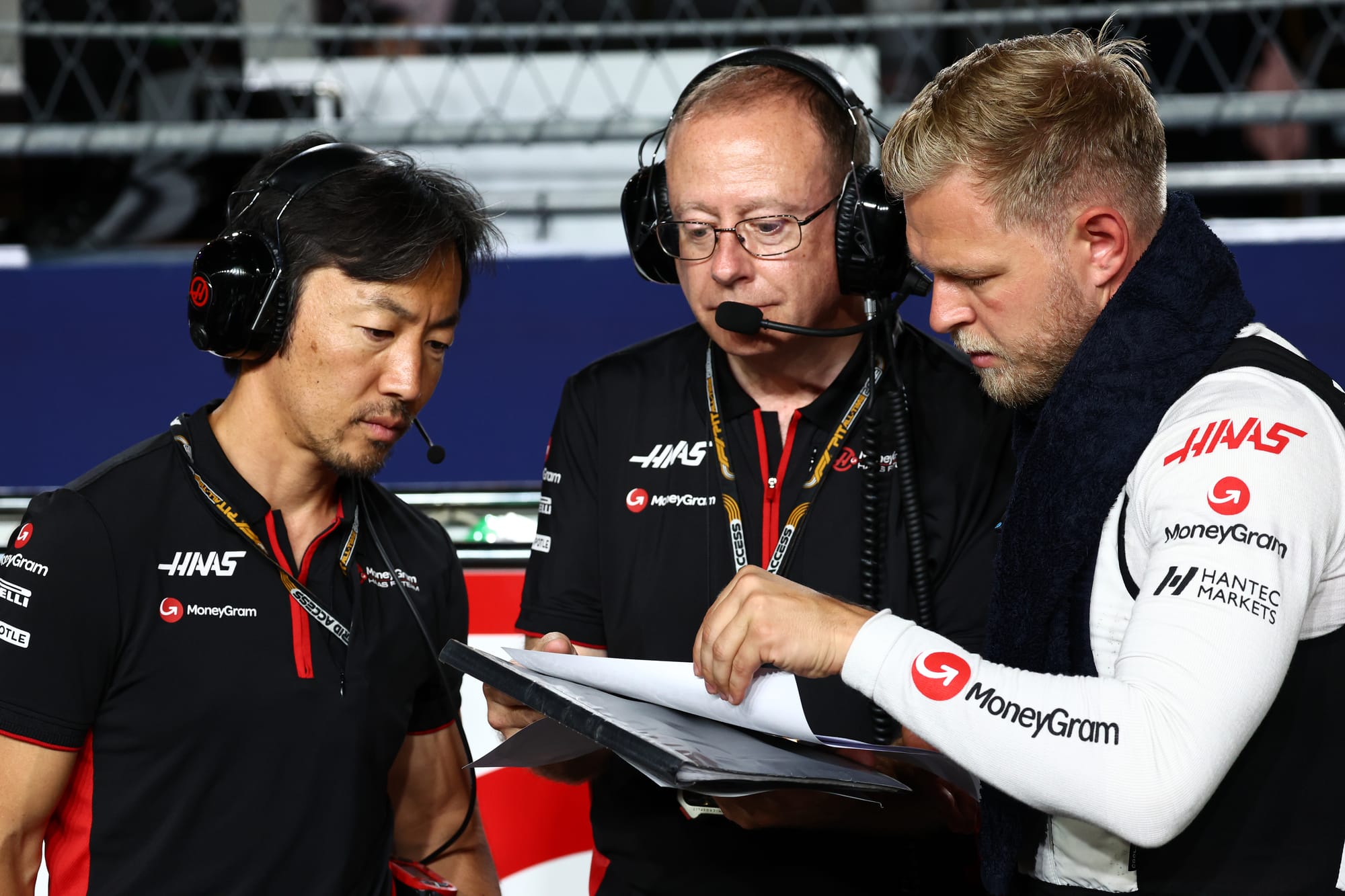
“That will come but naturally rather than forcing it. I'm not here to turn the place upside down, because then we can't operate. Even if we had massive investment straight away, we won't be functioning properly, we won't be using that investment properly. You have got to grow organically.
“We are not where we should be in 2023, that's why we, Gene, decided to make changes, but you cannot then suddenly just go for a huge leap because then 2024 would be a complete disaster. We’ve got to improve the team in 2024. I see it as a transitional phase and I'm sure that will help us very clearly define what we are going to do in five years' time, eight years' time, 10 years' time.”
AVOIDING EMBARASSMENT
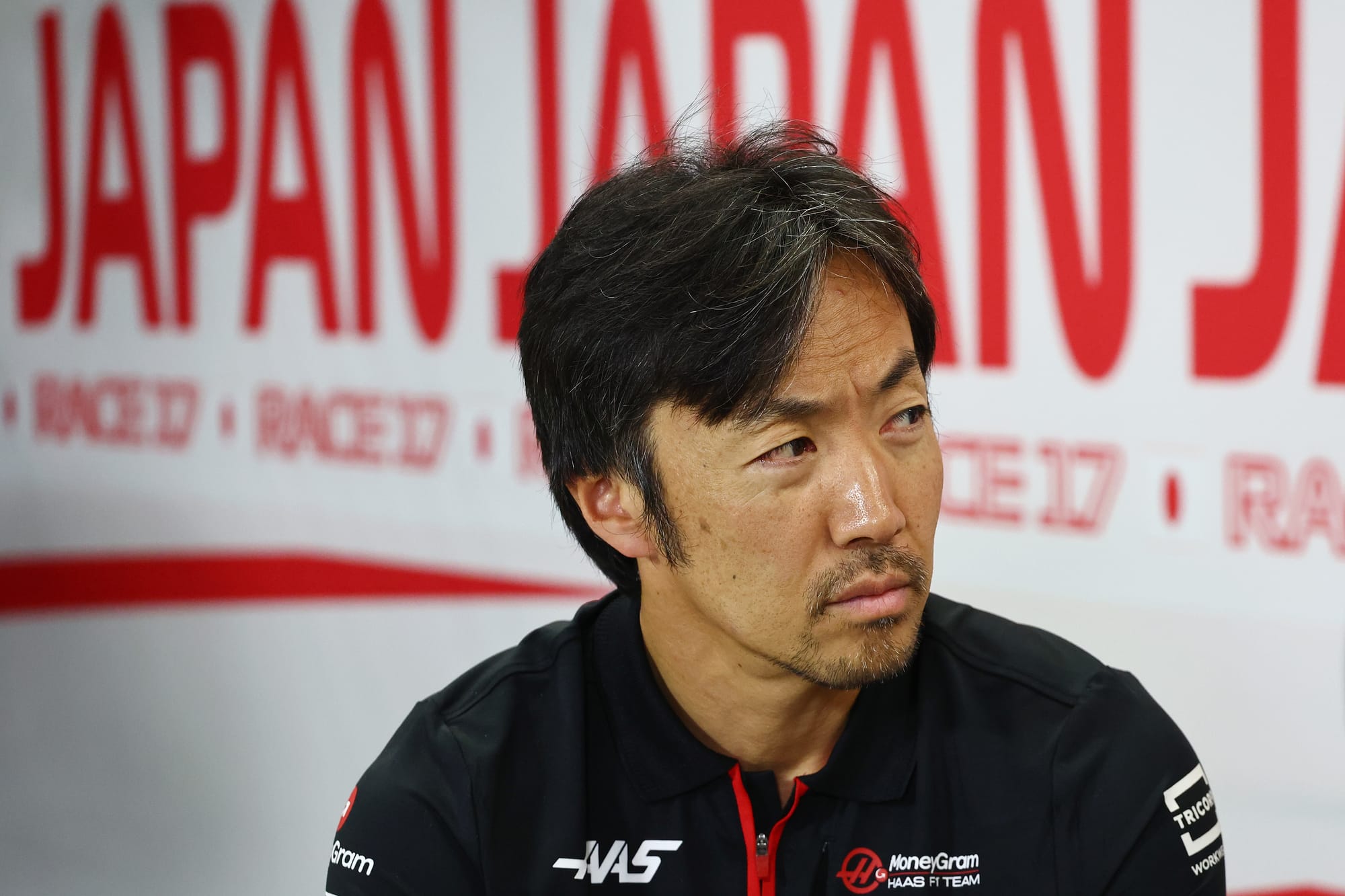
In the short-term, Komatsu’s priority is to avoid a repeat of last year’s disastrous season. Despite a car that was rapid enough over a single lap and that reached Q3 11 times, the tyre degradation was terrible thanks to aerodynamic troubles and meant it scored a paltry 12 points. As Gene Haas puts it, “I’m embarrassed that we haven’t been able to do better”.
While expectations for the start-of-the-season car, which will run for the first time at Silverstone on February 11 in a 200-kilometre promotional event, are being kept in check, Komatsu is hopeful that there will be signs of improvement in the way the team is working as the campaign progresses. While that might mean it still finishes last, the key is that there is an upward trend.
What’s clear is that improvements are expected and there’s no freedom to write off the next two seasons and prepare for 2026 when the power unit and chassis regulations change significantly.
“No,” says Komatsu when asked if 2026 is the focus. “Gene at the moment wants to get off the back of the grid. You saw and heard how unhappy Gene was and who is going to be happy competing in last place? It really is embarrassing.
“It’s positive that Gene's unhappy where we are. If the people in the team think, ‘OK, we are last and Gene doesn't say anything then, OK, is Gene happy just making up the numbers being P10 then’.
"That's clearly not the case.
"So that's actually motivating for everyone here. Gene is serious, wants to improve the team, so let's do it together.”
Komatsu faces a huge challenge if he’s to make Haas into a team that’s more than a perennial contender for last place with its current resources.
He’s correct that gains can be made as last year Haas fell short of fulfilling its potential, mainly because of its tyre-chewing troubles, but it’s a huge ask for a first-time team boss. That’s doubly true given so much will depend on the COO he will work alongside being able to ensure the team remains in good shape commercially and in terms of budget.
However, given the limitations imposed by Gene Haas, Komatsu is looking in the right areas that could yield improvements in terms of better integration of the team.
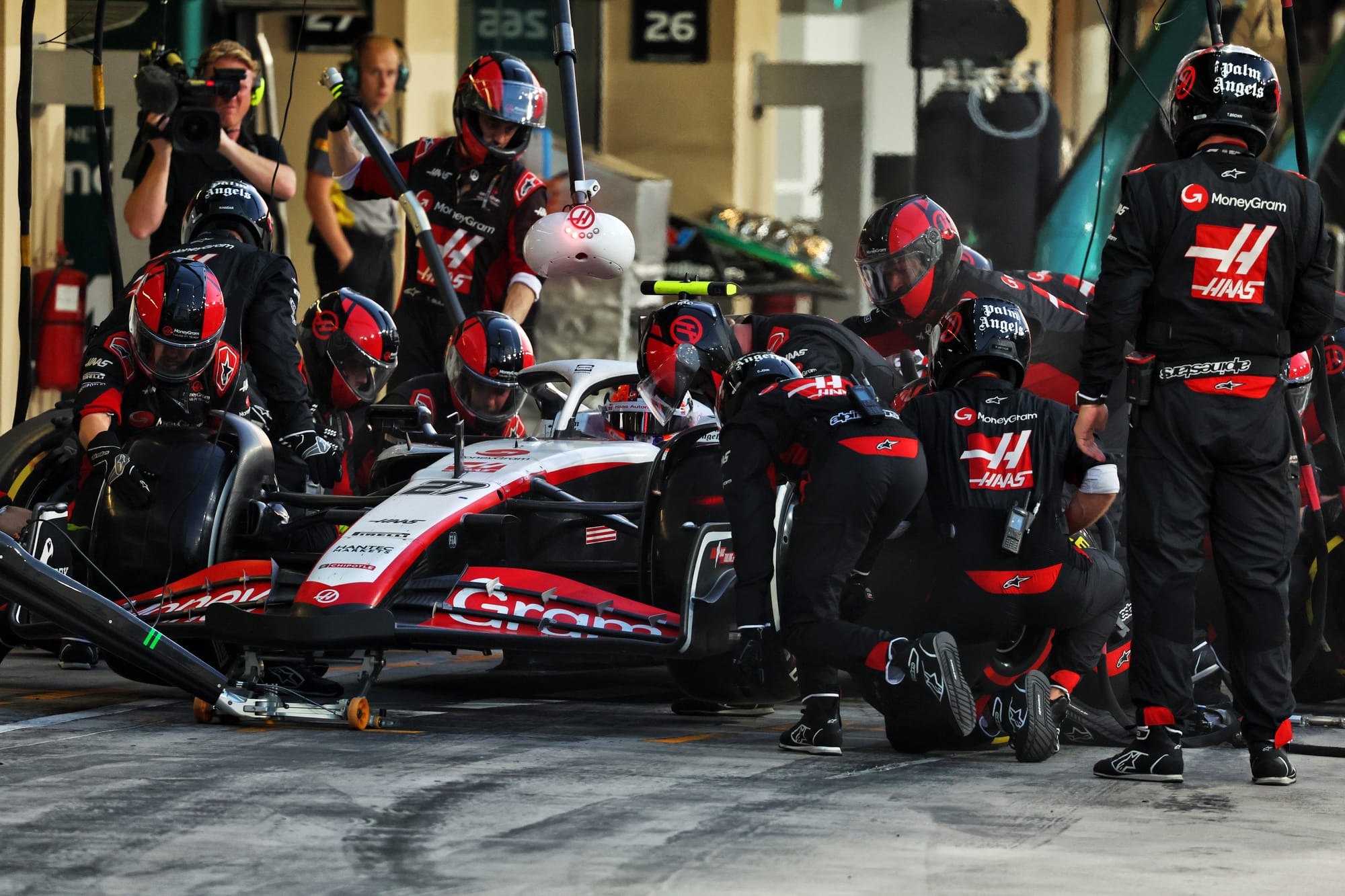
Even if he aces that, there’s still a big question about whether the limitations inherent in the team and the current investment level means he will be expected to perform the impossible in dragging the team up the grid as its rivals continue to expand.
And the pressure could build very quickly given expectations for the start-of-the-season car and therefore the chance for immediate results are not high.


